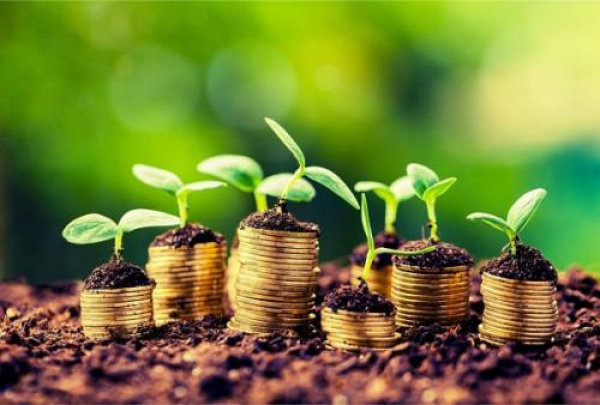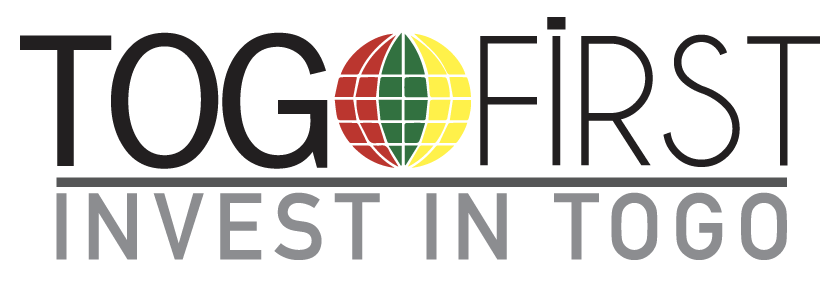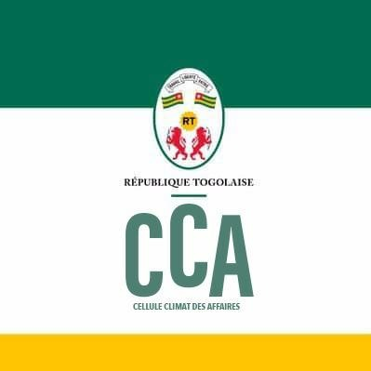Togo: Around $14B Needed by 2050 to Fight Climate (World Bank)

(Togo First) - Togo needs around $14 billion (around CFA8,320 billion) by 2050 to address climate change challenges. The World Bank forecast the need in a recent report on climate-resilient development trajectories. This figure highlights the immense structural challenges the West African nation faces as it grapples with the effects of global warming.
Climate Investments Demand 6.2% of GDP Annually
According to the Bretton Woods institution, Togo must allocate 6.2% of its GDP annually to climate-related investments until 2035. This substantial financial burden comes amid limited budgetary resources and ongoing fiscal consolidation efforts.
By 2050, investment needs will total $14 billion, with 40% earmarked for adaptation measures—such as coastal protection, agriculture, water management, and health—and 60% for mitigation efforts, including renewable energy, energy efficiency, and sustainable mobility.
Togo’s vulnerability to climate risks like flooding, droughts, sea-level rise, and heat waves directly threatens its economic growth, food security, infrastructure, and social stability. "Climate change is already affecting the Togolese population," the report states, citing disruptions caused by more frequent heat waves, unpredictable rainfall patterns, and worsening coastal erosion.
Private Sector Mobilization
Given the scale of financial needs, the report urges the urgent mobilization of public and private funding through innovative mechanisms such as green bonds, climate guarantees, and public-private partnerships. The private sector is called upon to play a pivotal role in energy investments and agricultural adaptation solutions.
The report also emphasizes the importance of improved governance, regulatory incentives, and cross-sectoral planning. Without coordinated action, climate change could impose lasting economic and social costs that hinder Togo’s development.
Agriculture and Climate Resilience
Agriculture contributes 40% of Togo’s GDP and employs 70% of its impoverished population. The report recommends targeted investments in climate-smart agricultural solutions to bolster resilience against heat stress, erosion, and disease. Without intervention, Togo’s agricultural output could drop by 12.3% over the next 25 years, endangering food security and rural livelihoods.
To bridge funding gaps, the World Bank recommends prioritizing low-cost, high-yield investments while relying heavily on private sector contributions. Governance reforms could enhance resource allocation efficiency. The report also suggests developing new revenue streams and improving access to climate financing instruments.
Recent initiatives reflect these recommendations. Last October, Togo adopted a Sustainable Financing Framework to attract investments aligned with its development goals. This framework identifies fourteen categories of eligible expenditures—five dedicated to climate actions and nine targeting social projects for vulnerable populations.
Additionally, the National Assembly recently passed a law on climate change that establishes a legal framework for adaptation and mitigation policies. This legislation aims to mobilize resources needed for implementing national climate strategies.
This article was initially published in French by Ayi Renaud Dossavi
Edited in English by Ange Jason Quenum


















